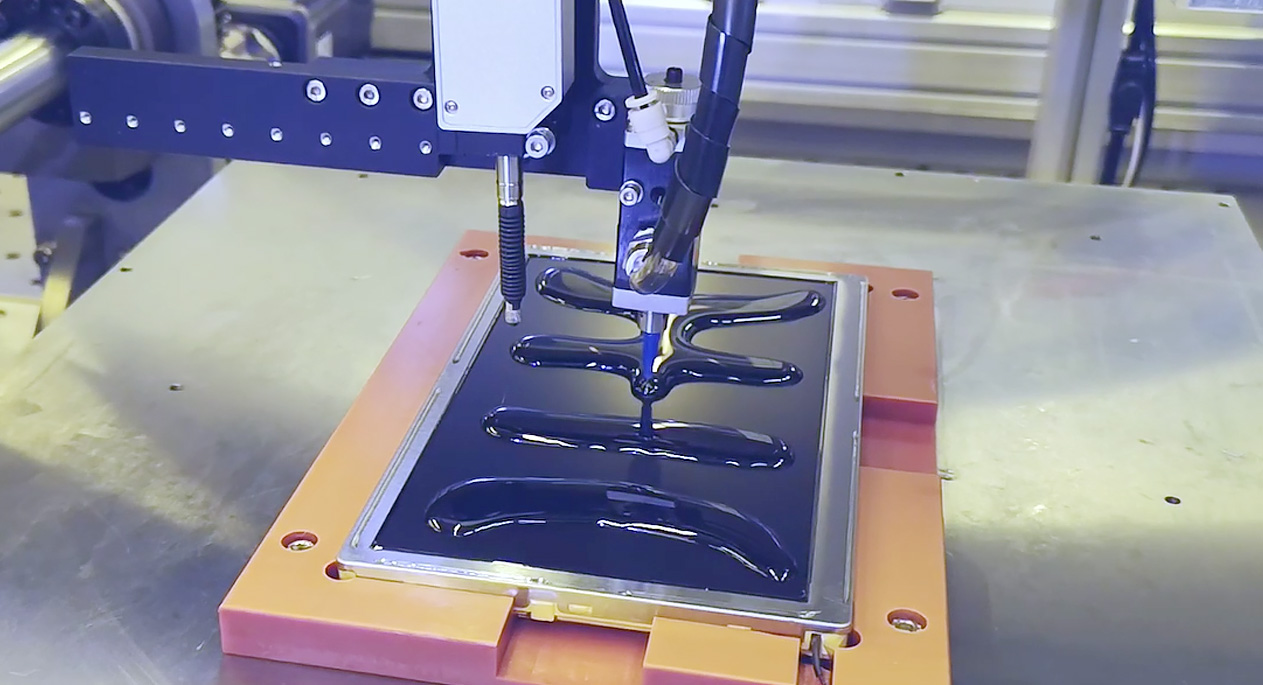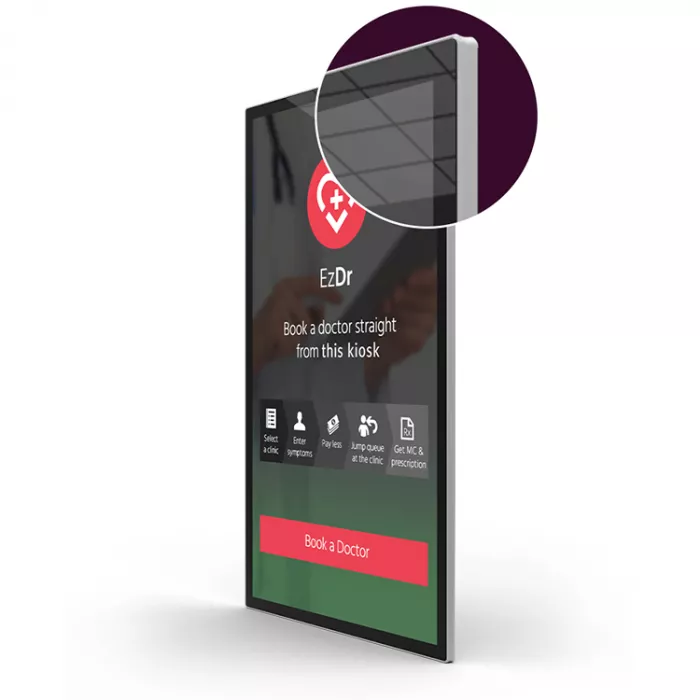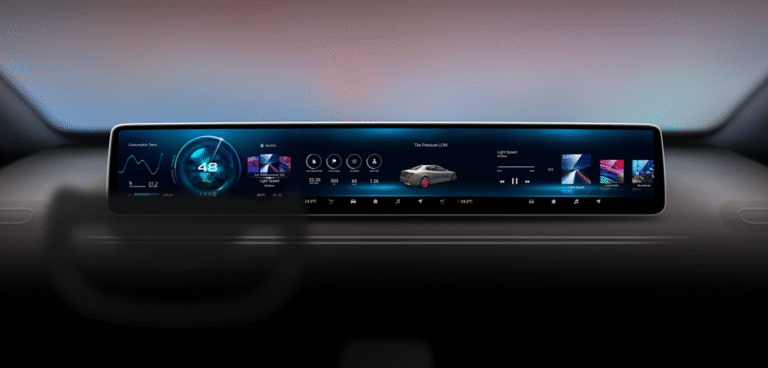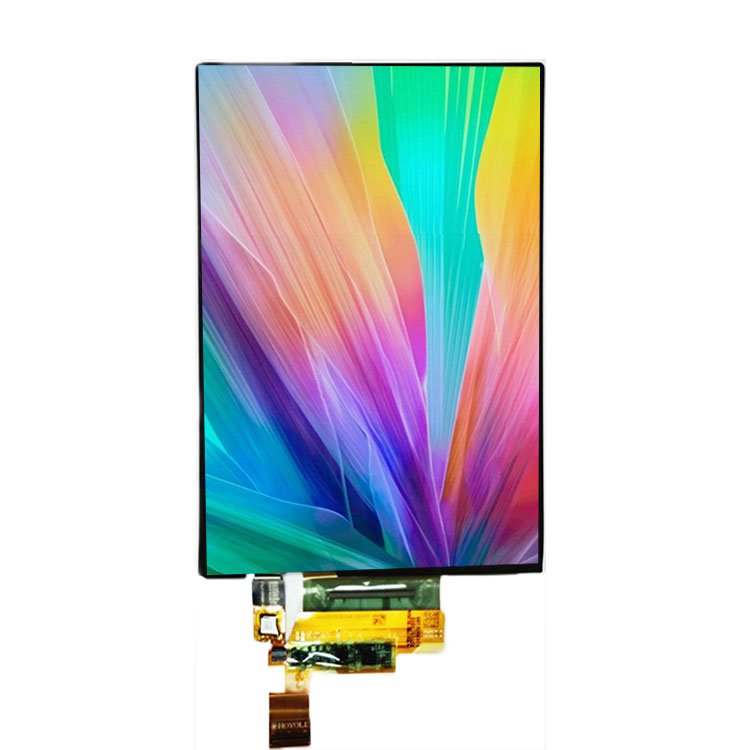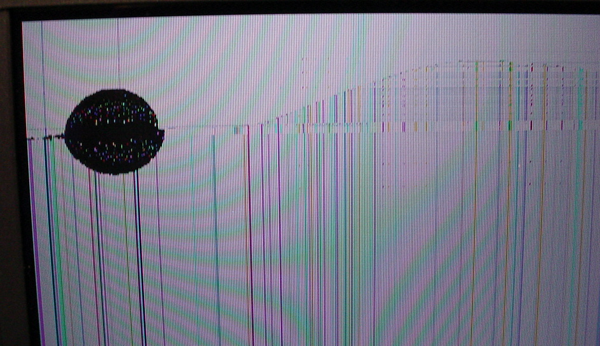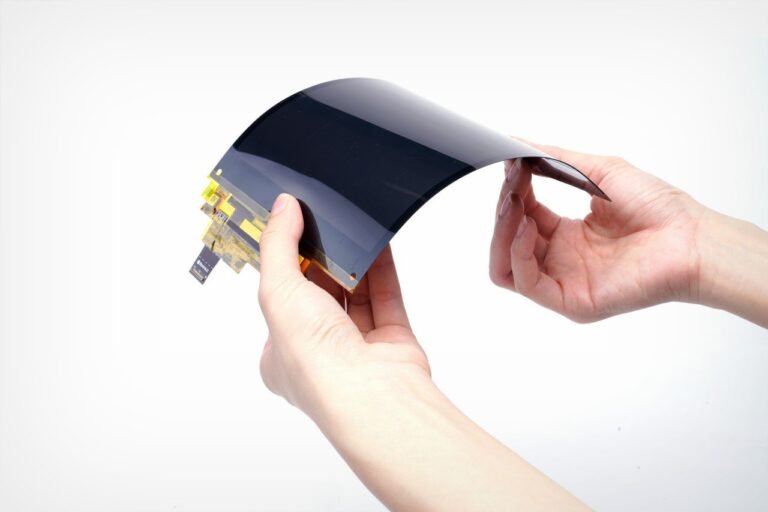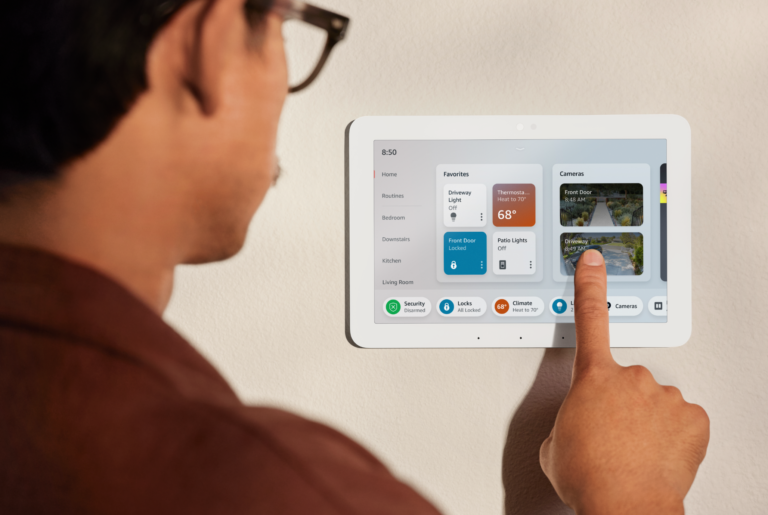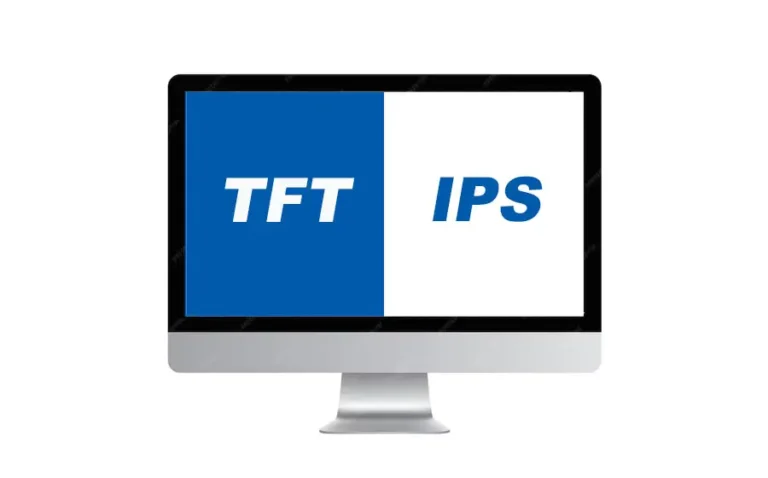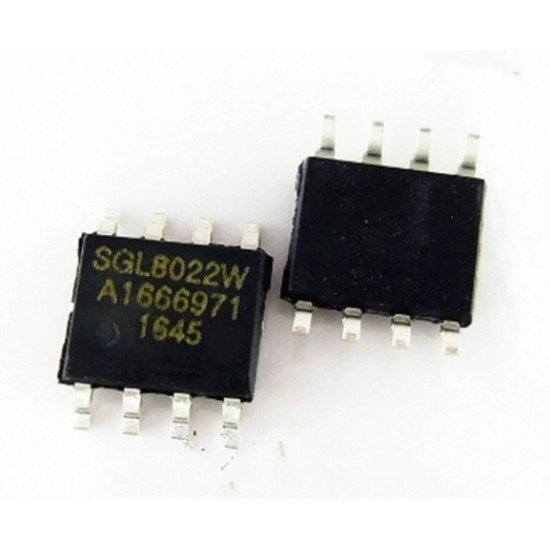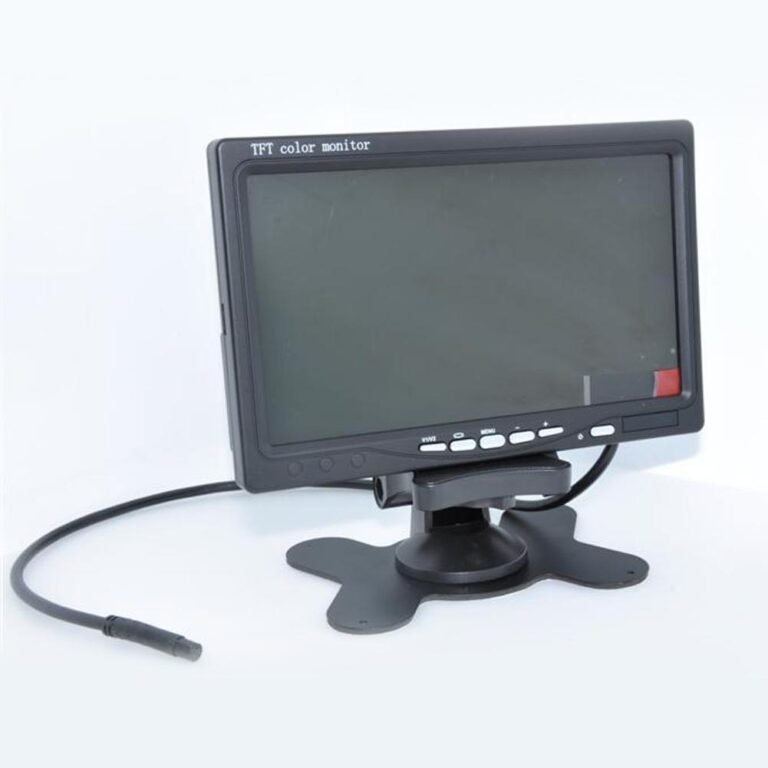Why Lamination Matters: Real-World Value You’ll Notice
When you bond the cover glass, touch panel, and LCD into a solid, gap-free stack, something magical happens. You stop losing contrast to internal reflections. Your display becomes more dust- and moisture-resistant. The screen survives knocks that would crack unbonded glass. And your touch responsiveness improves—especially in rugged or outdoor settings.
Optical bonding, one of the most common lamination approaches, has been shown to reduce internal reflections by up to 65%, improving contrast and readability in bright conditions—all without boosting backlight power. It even prevents condensation between layers (goodbye fog!) by sealing out moisture completely.
Understanding the Layers: From LCD to Finished Glass Stack
A laminated TFT LCD stack typically includes:
- Cover glass or lens
- Optional touch sensor layer (e.g. PCAP)
- Optically clear adhesive (OCA or LOCA)
- Panel LCD TFT
Every micron of alignment matters. Misaligned adhesives or uneven pressure can introduce visible optical distortions or touch inaccuracies.
Types of Lamination: OCA, LOCA, or Leaving an Air Gap
Dry Lamination – OCA Film
Pre-cut adhesive film is placed between the glass and display, then bonded under heat and pressure. It’s quick, repeatable, and well-suited for high-volume production—though it struggles to compensate for slight irregularities in surfaces
Wet Lamination – LOCA / OCR Resin
Liquid adhesive is dispensed precisely, flows to fill gaps, and then cures (often via UV). This allows air-bubble-free bonding with complex glass shapes and touch components. LOCA offers better gap tolerance and reworkability, though it requires clean, controlled operation. Early sources on mobile repair forums warn about messy LOCA handling and emphasize that it’s increasingly deprecated in favor of OCA due to long-term consistency issues.
Air Gap (No Lamination)
Simple spacer-based approach—fast, cheap, and easy to rework. But it allows internal reflection, reduces touch clarity and durability, and is not appropriate for harsh environments.
Lamination Process Unpacked: A Step-by-Step Flow
- Cleaning & Pre-Alignment: Glass and panel are bathed in cleaning solution, then aligned by robotic or visual systems in cleanroom settings.
- Adhesive Application: OCA film is placed and bonded; LOCA is dispensed via syringe or dosing equipment.
- Bonding & Compression: Layers are compressed evenly under vacuum or heat to eliminate air and secure adhesion.
- Curing: Films use heat or pressure; LOCA typically cures under UV light.
- Quality Check: Inspect for bubbles, misalignment, adhesion strength, stray moisture or touch anomalies.
These steps require tight control: even one speck of dust can ruin optical clarity. Hence Class‑1000 (ISO 6) or better environments are common in manufacturing.
Benefits That Engineers Actually Appreciate
Enhanced Optical Performance
With no air gap, ambient light doesn’t bounce around between layers. Result: brighter images, stronger contrast, and readability even under direct sunlight—without increasing backlight intensity.
Better Touch Accuracy
Removing parallax (the visual shift when touching through a gap) enables more accurate, immediate touch response. Perfect for medical or industrial touch UIs.
Increased Mechanical Strength
The bonded adhesive layer absorbs shock and prevents dust or moisture ingress. It’s a structural reinforcement, not just cosmetic protection.
Reduce Fogging Risk
Condensation between air layers is eliminated. That solves a common long-term reliability issue in humid, temperature-variable environments.
Technical Considerations & Trade-offs
Which Adhesive to Use?
- OCA film: Fast, low-waste, consistent—but struggles with uneven surfaces.
- LOCA/OCR resin: Flexible and gap-filling—but UV curing and handling must be precise to avoid defects.
Quality LOCA avoids yellowing (commonly seen in epoxy or polyurethane adhesives), lasting longer in high UV or temperature conditions.
Bubble Management
Liquid adhesives like LOCA present a risk of bubble formation if curing is uneven or contaminants enter. Even one bubble can create visible artifacts or weak touch sensitivity.
Alignment Precision
Even a 10 µm offset or tilt can cause visual distortion or skewed touch. High-precision alignment rigs and vacuum bonding tools are critical in production.
Rework & Repair
Removing bonded layers (especially LOCA) is difficult. OCA removals are slightly easier but still risky. Most surfaces are considered permanent after bonding.
Trends & New Frontiers
- Flexible and curved displays increasingly use LOCA-style resin that can tolerate bending while maintaining clarity.
- Nano-textured and anti-reflective coatings now combine with lamination for glare reduction without sacrificing color fidelity.
- UV-resistant, flexible silicone adhesives extend display lifetimes and reduce shrink-related issues common in acrylic-based bonding systems.
Common Problems & Pitfalls
- Delamination often stems from surface contamination or misalignment during bonding.
- Yellowing may appear with low-grade adhesive over time, especially in UV-rich environments.
- Touch drift or ghosting Puede ocurrir cuando las burbujas o una colocación desigual del adhesivo comprometen la capacidad de respuesta del sensor.
- Reparaciones: los módulos adheridos a menudo no pueden desmontarse sin daños; es mejor hacerlo bien desde el principio.
Casos de Uso Reales: Laminación en Acción
- Pantallas automotrices emplean adhesivo LOCA para resistencia anti-vibratoria y legibilidad bajo la luz solar.
- Interfaces hombre-máquina (IHM) industriales dependen de la adhesión sellada para resistir polvo, humedad y condensación en entornos industriales severos.
- Monitores médicos utilizan adhesión de alto grado para imágenes nítidas, respuesta táctil consistente y sellado higiénico.
- Señalización digital y quioscos se benefician de la reducción de reflejos y resistencia al vandalismo mediante la adhesión.
Preguntas frecuentes
¿Cuál es la diferencia entre la laminación OCA y LOCA?
OCA es una película adhesiva sólida: rápida, limpia y uniforme; LOCA es una resina líquida: rellena superficies irregulares, ofrece mejor tolerancia a la pendiente pero requiere un curado cuidadoso.
¿Es siempre necesaria la laminación?
No siempre. Para pantallas de bajo costo para interiores sin función táctil o exposición solar, los métodos con cámara de aire pueden ser suficientes. Pero la adhesión mejora significativamente el rendimiento en la mayoría de aplicaciones robustas o interactivas.
¿Las pantallas laminadas resisten en exteriores?
Absolutamente: con recubrimiento antirreflectante y una selección adecuada del adhesivo, las pantallas laminadas funcionan mucho mejor bajo la luz solar y en temperaturas extremas que las no adheridas.
¿Mejora la laminación la precisión táctil?
Sí: la adhesión elimina el paralaje, acercando el sensor táctil al usuario y mejorando la capacidad de respuesta.
¿Encarece la laminación las pantallas?
Aumenta el costo de fabricación, pero la mejora en usabilidad, fiabilidad y calidad visual generalmente compensa el gasto adicional.


